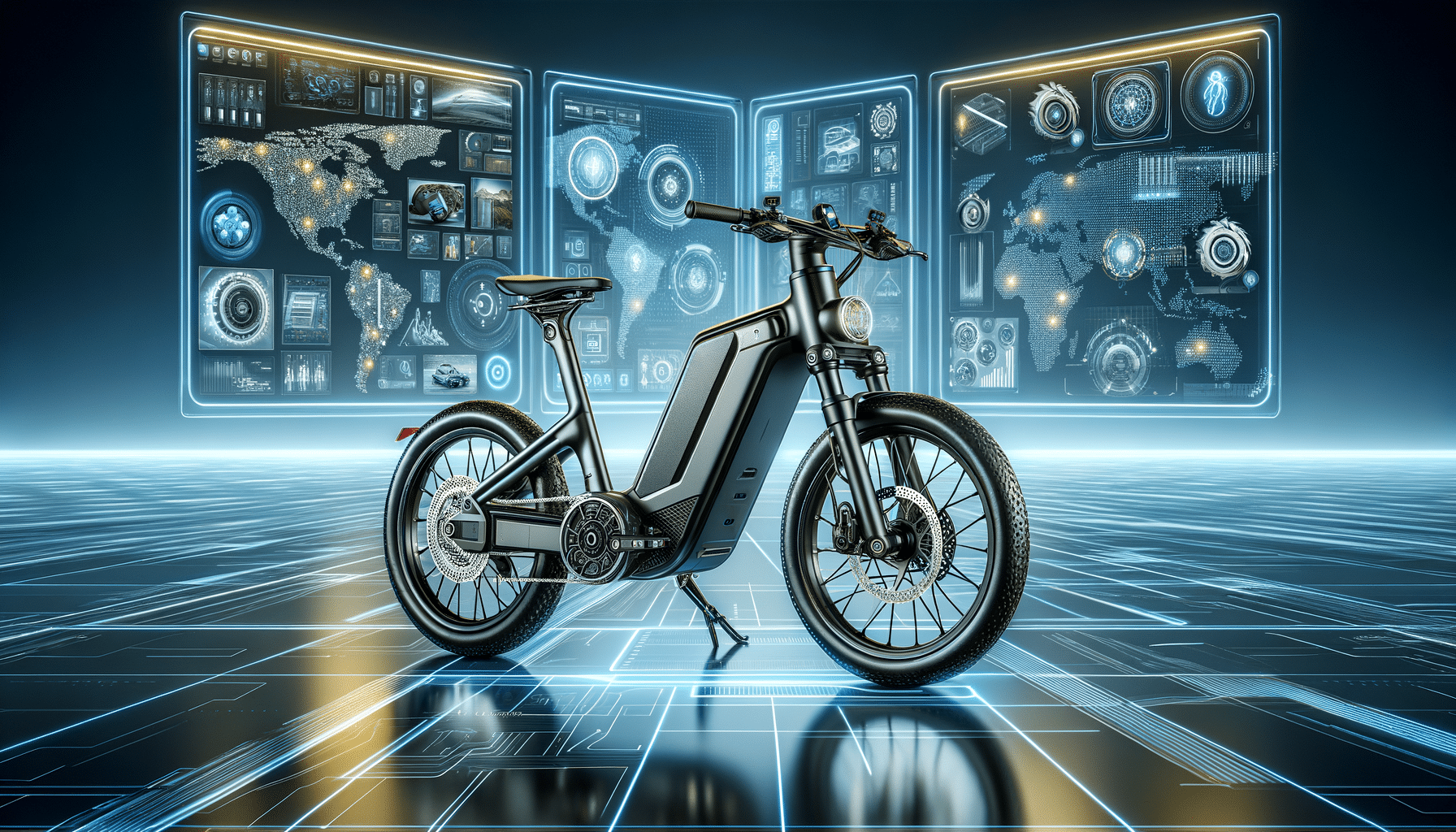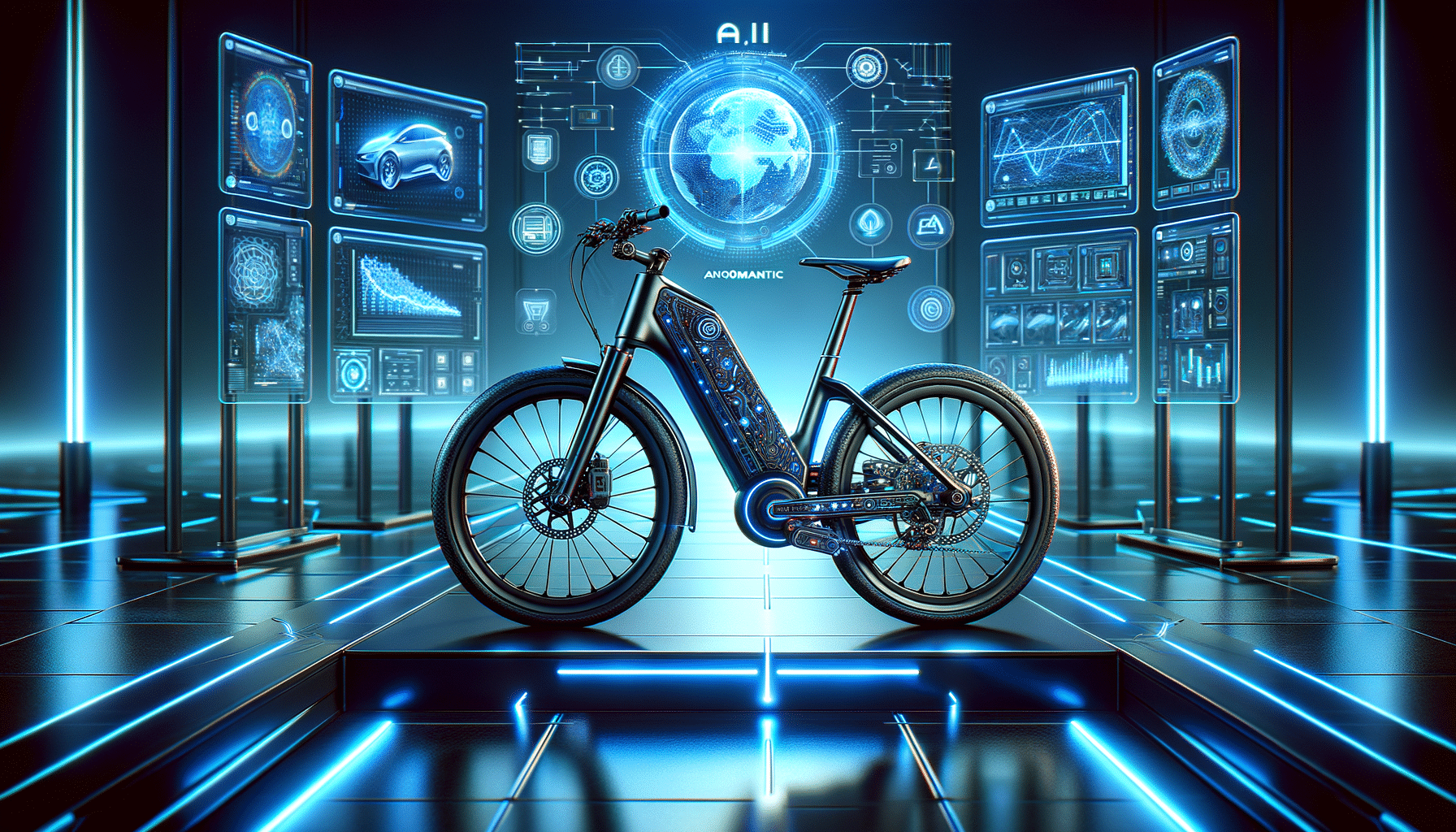
ai driven e-bikes intelligent systems and autonomous riding
Introduction to AI E-Bike Technologies
As the world embraces sustainable transportation, AI e-bike technologies are at the forefront of this revolution. These innovative systems are transforming how we perceive and interact with e-bikes. With advancements in artificial intelligence, e-bikes are becoming smarter, offering enhanced safety, efficiency, and a more personalized riding experience. The integration of AI into e-bikes is not just a trend but a significant leap towards smarter urban mobility solutions.
AI-Driven Autonomous Riding
The concept of AI-driven autonomous riding is no longer a futuristic dream. E-bikes equipped with autonomous riding capabilities are now a reality, offering a glimpse into the future of transportation. These bikes utilize AI algorithms to navigate through traffic, avoid obstacles, and even predict the rider’s intentions. The technology behind autonomous riding involves a combination of sensors, cameras, and machine learning algorithms that work together to create a seamless riding experience. This not only enhances safety but also reduces the cognitive load on the rider, allowing them to enjoy the journey without constant attention to the road.
Intelligent E-Bike Systems
Intelligent e-bike systems are designed to enhance the overall riding experience by integrating various smart features. These systems often include GPS navigation, real-time traffic updates, and predictive maintenance alerts. By leveraging AI, these e-bikes can adapt to the rider’s preferences and provide personalized recommendations for routes and riding styles. Additionally, intelligent systems can monitor the bike’s performance and suggest timely maintenance, ensuring longevity and reliability. As a result, riders can enjoy a more efficient and enjoyable journey, knowing that their e-bike is optimized for performance and safety.
The Impact of AI on E-Bike Safety
One of the most significant benefits of AI in e-bikes is the enhancement of safety features. AI-driven technologies can predict potential hazards and alert the rider in real-time, reducing the risk of accidents. For instance, AI can analyze traffic patterns and suggest safer routes, while also providing warnings about sudden changes in the environment. Furthermore, AI can assist in maintaining the e-bike’s balance and stability, especially in challenging terrains or adverse weather conditions. These advancements not only improve rider safety but also encourage more people to adopt e-bikes as a viable mode of transportation.
Conclusion: The Future of AI E-Bikes
The integration of AI into e-bikes is reshaping the landscape of personal transportation. As these technologies continue to evolve, we can expect e-bikes to become even more intelligent, efficient, and user-friendly. The future of AI e-bikes promises a world where transportation is not only sustainable but also smarter and safer. For urban commuters, recreational riders, and environmental enthusiasts, AI-driven e-bikes offer a compelling solution that aligns with the growing demand for eco-friendly and technologically advanced mobility options.


